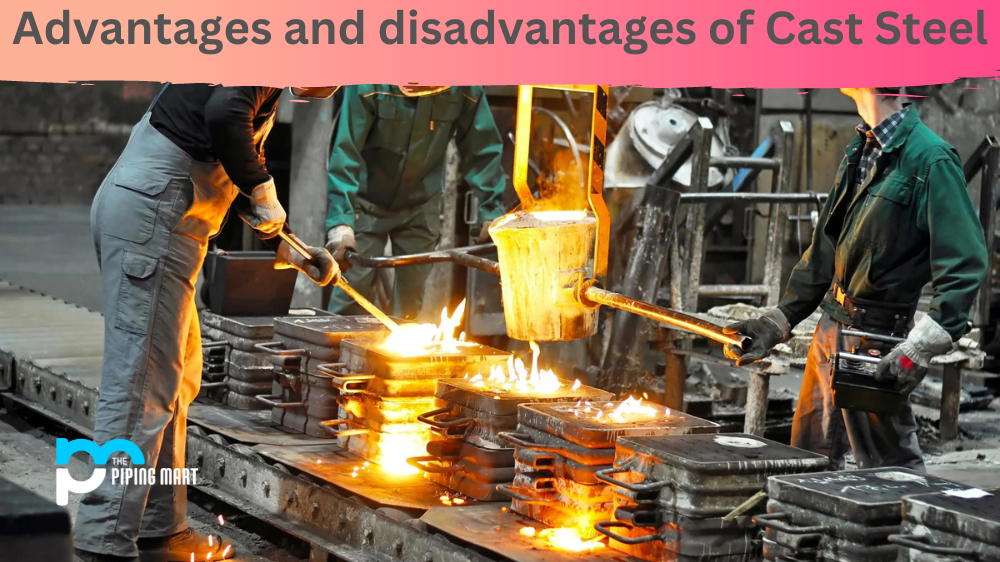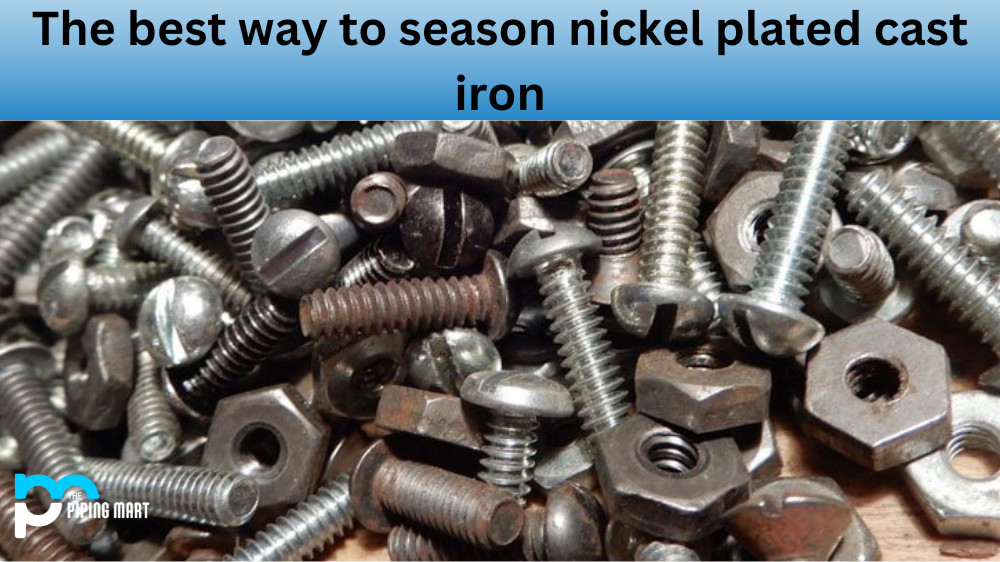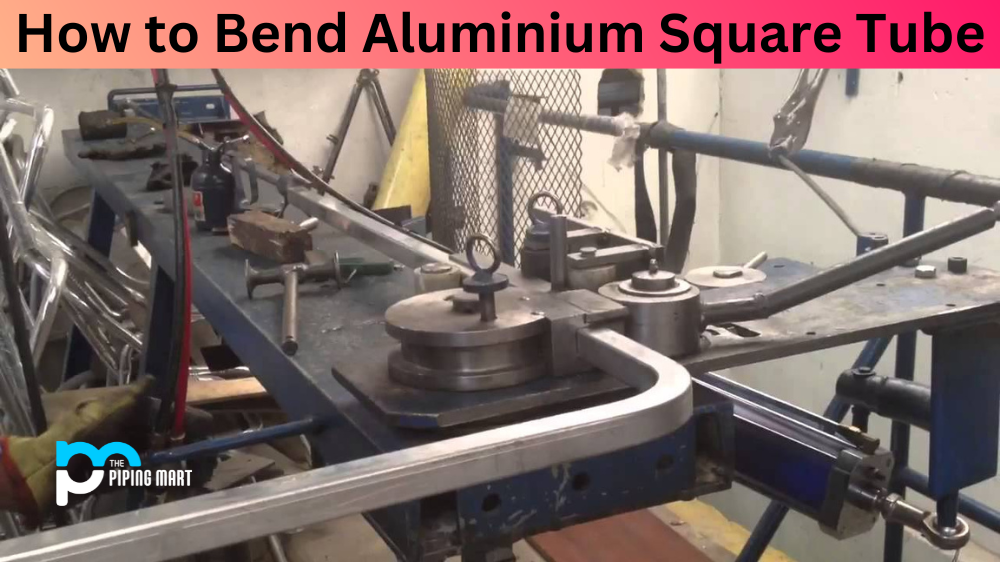Cast steel is a popular material used in many industries today. It’s strong and durable, with a wide range of applications from tools, to vehicle parts, to construction materials. But when deciding whether or not cast steel is the right choice for your project, it’s important to consider both the advantages and disadvantages of using this material. Let’s take a closer look.
Advantages of Cast Steel
One of the biggest advantages of using cast steel is its strength. Cast steel has a much higher tensile strength than other common materials like aluminum and plastic, which makes it suitable for use in many industrial applications that require heavy-duty materials. Additionally, cast steel can also withstand high temperatures without warping or becoming brittle—making it an ideal choice for engine components, exhaust systems, and heaters.
Cast steel is also highly resistant to corrosion and rusting because of its chromium content. This makes it suitable for outdoor use in applications such as fencing or outdoor furniture, where long-term durability against harsh weather conditions is essential. Furthermore, cast steel can be easily machined into complex shapes without losing any structural integrity—which makes it perfect for intricate designs or components that need precise measurements.
- Cast steel is a type of steel that is produced by casting or pouring molten steel into a mould.
- Cast steel is stronger than other types of steel, making it ideal for use in construction and manufacturing.
- Cast steel is also more resistant to wear and tear than other types of steel, making it ideal for use in high-stress environments.
Increased Strength
One of the primary advantages of cast steel is that it is much stronger than other types of steel. This is due to the fact that cast steel is made by pouring molten steel into a mould, which gives it a more uniform composition than other types of steel. The increased strength of cast steel makes it ideal for applications where high levels of strength are required, such as in the construction of bridges and buildings.
Increased Durability
Another advantage of cast steel is that it is more durable than other types of steel. This is due to the fact that cast steel has a higher carbon content than other types of steel, which makes it more resistant to wear and tear. Additionally, cast steel is less likely to rust than other types of steel, making it an ideal choice for outdoor applications.
Disadvantages of Cast Steel
The main downside to using cast steel is its cost—it’s one of the most expensive metals available on the market today. This means that if you’re looking for an inexpensive material that won’t break your budget but still offers some strength and durability, then cast steel may not be your best bet. Additionally, because cast steel is so dense and heavy, it can be difficult to transport large quantities at once due to its weight. Finally, because of its density and hardness, welding cast steel can be a tricky process that requires specialized equipment and knowledge—which could end up costing extra money in labour costs if you don’t have an experienced welder at hand who knows how to work with this type of metal correctly.
However, cast steel is also more expensive than other types of steel, making it less affordable for some consumers.
Additionally, cast steel can be more difficult to work with than other types of steel, making it less user-friendly for some consumers.
Limited Flexibility
One of the primary disadvantages of cast steel is that it is not as flexible as other materials. This lack of flexibility can make it difficult to work with, particularly when creating complex shapes. Additionally, cast steel is not as easy to weld as other materials, which can limit its applications.
High Cost
Another disadvantage of cast steel is that it is significantly more expensive than other materials, such as wrought iron or aluminium. The high cost of cast steel is due to the fact that it is a relatively difficult material to produce. The manufacturing process for cast steel generally requires more time and effort than other methods, which drives up the cost.
Brittle Nature
Another downside to casting steel is that it is a relatively brittle material. This means that it is more likely to break or shatter under stress than other materials. While this isn’t necessarily a problem if the cast steel object is not going to be subject to stress, it can be an issue in some applications.
Conclusion:
There are both advantages and disadvantages associated with using cast steel for various projects or components. Its strength and durability make it a great choice for many industrial applications where long-term performance is key—but its high cost could make it prohibitively expensive in some cases. Additionally, its weight may present logistical issues when transporting large quantities over long distances, while welding requires special equipment and knowledge as well as added labour costs which should be taken into consideration before making a decision about whether or not to use this material on your project or component design. Ultimately though, when weighed carefully against other potential materials out there—cast steel may just be worth the investment if you need something strong enough to stand up against tough conditions over time!

Abhishek is a seasoned blogger and industry expert, sharing his insights and knowledge on various topics. With his research, Abhishek offers valuable insights and tips for professionals and enthusiasts. Follow him for expert advice on the latest trends and developments in the metal industry.




